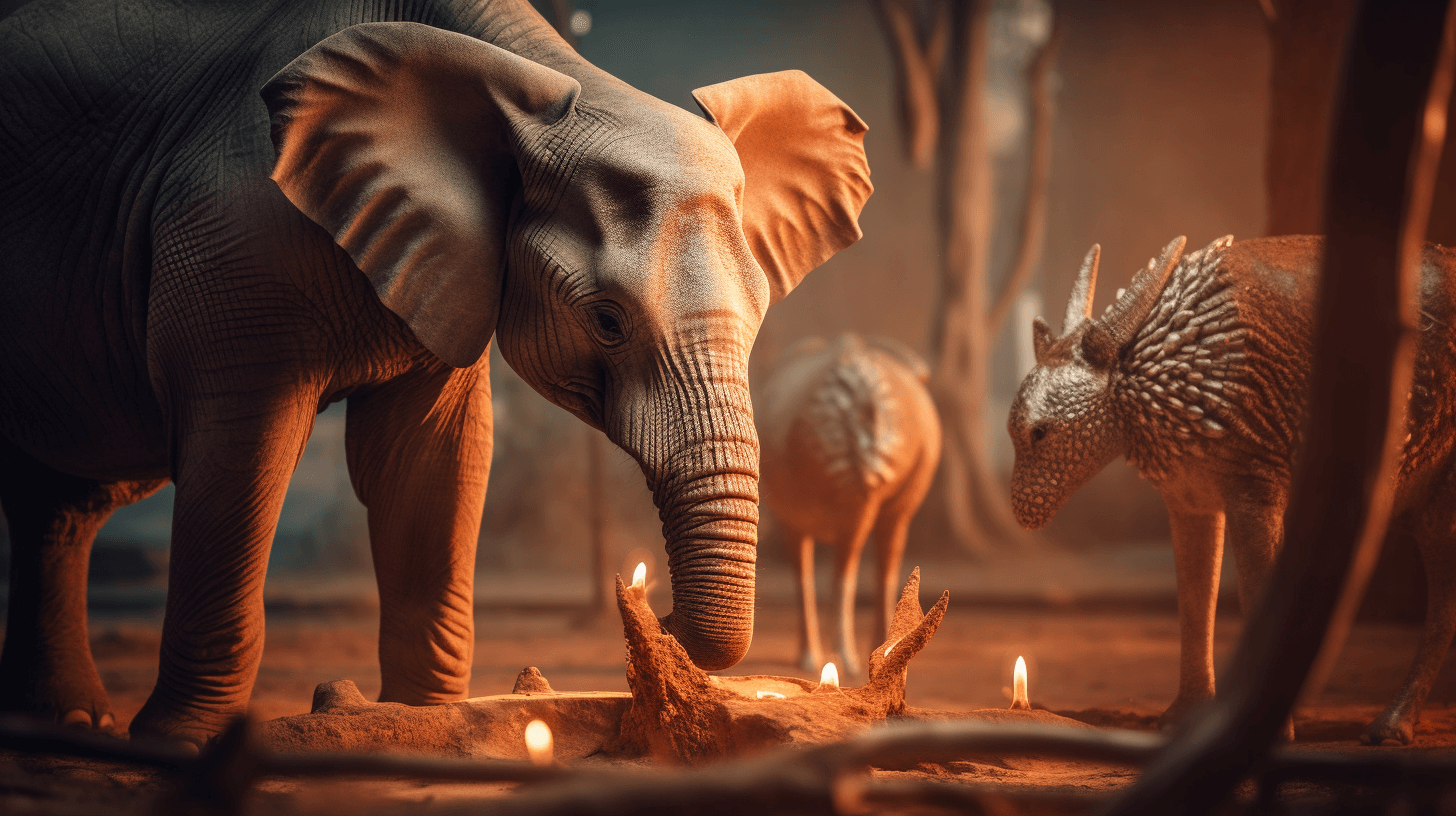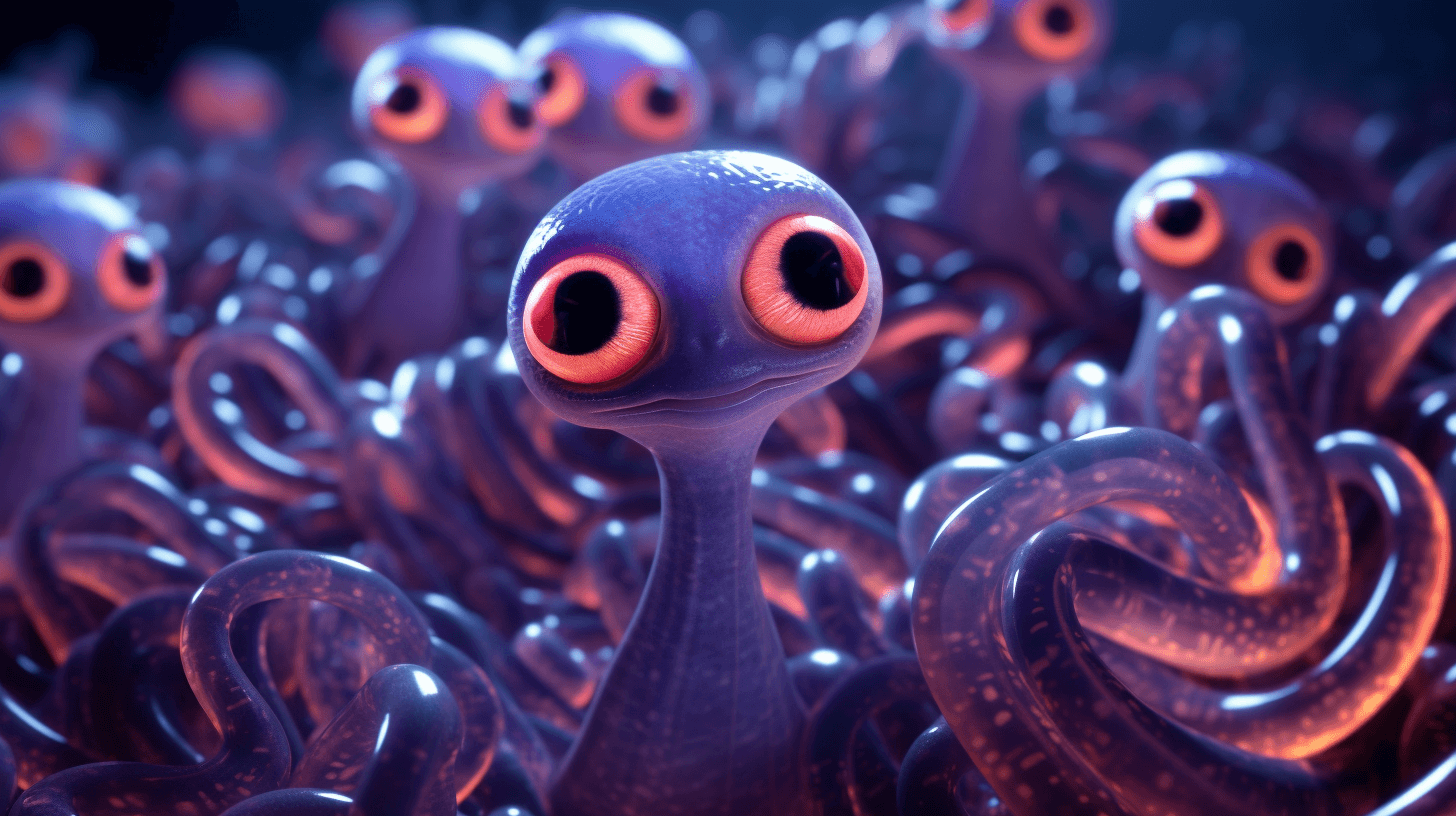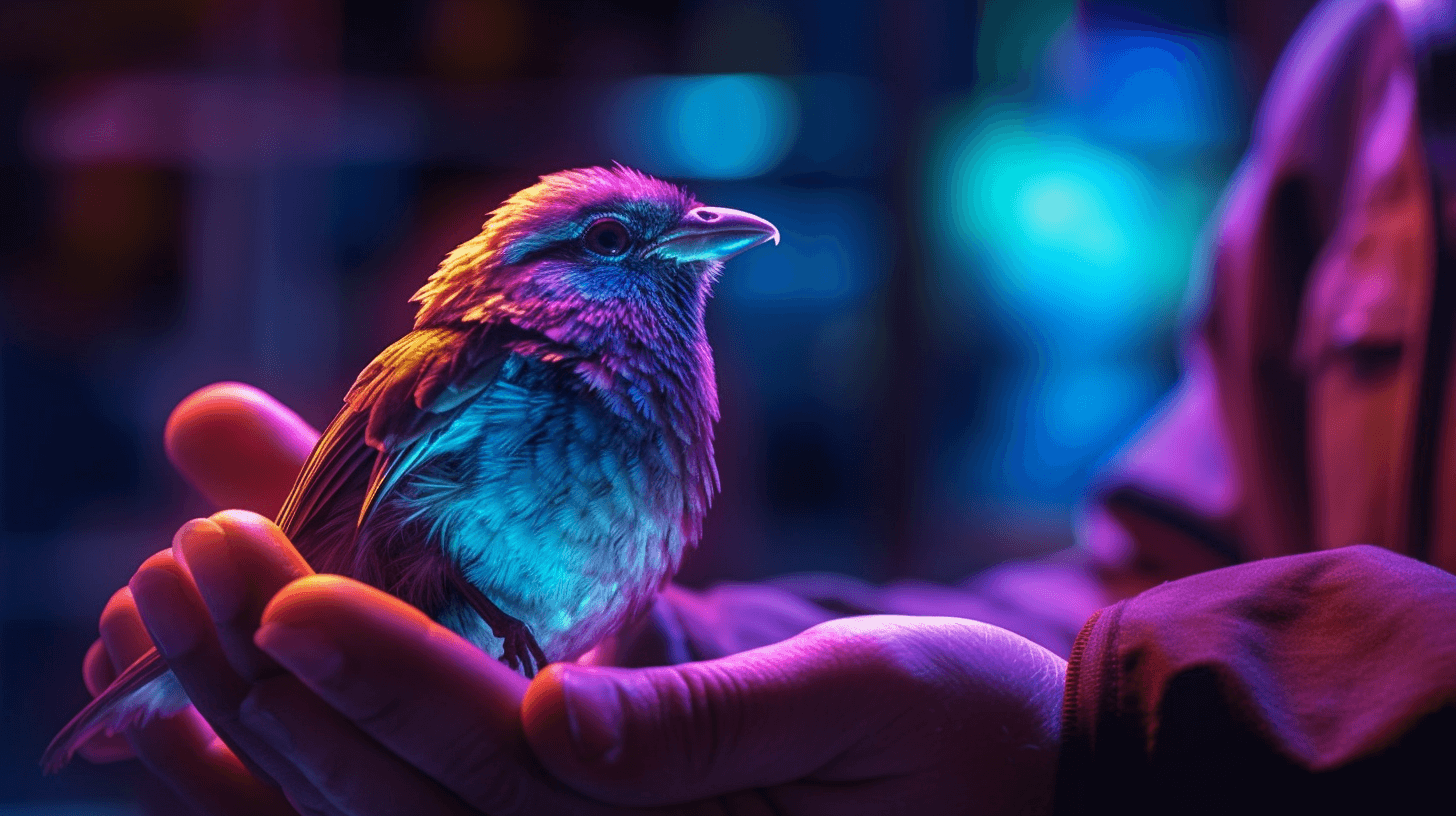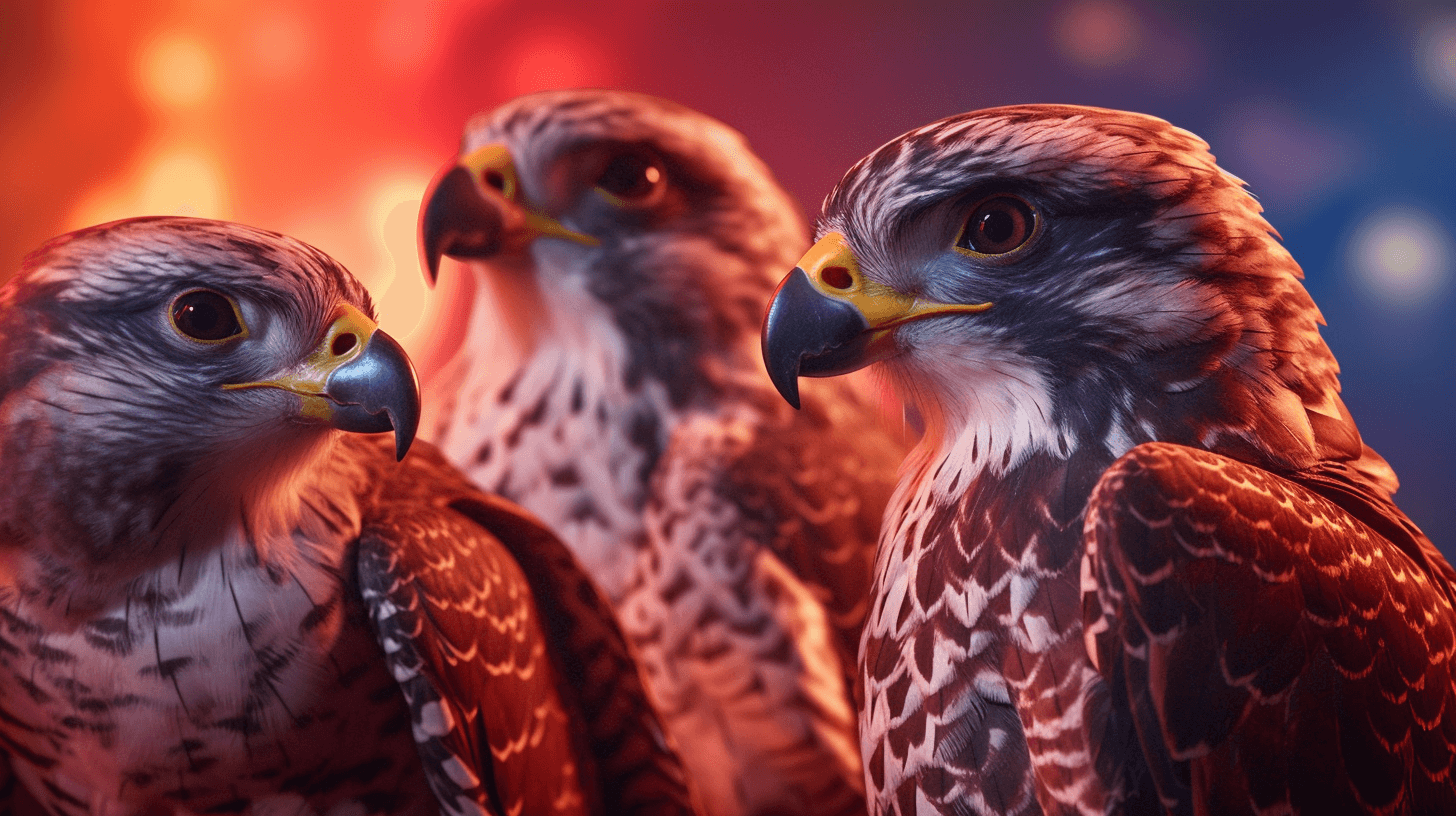🦇🐒 DNA Secrets Buss Out From Alpacas to Yaks, and Every Mammal In Between 🧬
DNA Secrets Buss Out From Alpacas to Yaks, and Every Mammal In Between 🧬
Ho, bruddahs and sistahs! Let me tell you one story about da kine scientists who wen’ study every kine mammal from alpacas to yaks! Dey wen’ dig deep into da DNA for find out all kine stuff about how dese animals live, evolve, and even one super famous sled dog. 🐶🛷
Dese scientists, yeah, dey from all over da world. Dey went go all kine places, from da cold Arctic for check out da one-tusked narwhal, to da hot Southeast Asia for catch small kine bumblebee bat, and even wen’ sneak into one Caribbean zoo for draw blood from da skinny-snouted solenodon, one of da few mammals dat get venom. 🏔️🦇🐾
Dey wen’ compare da genomes of all dese mammals, including one aardvark, one meerkat, one star-nosed mole, and even one human. All dese genomes wen’ help dem spot da pieces of DNA dat neva’ change too much ova’ plenty years. Dey figure, if stay da same for so long, gotta be important for us humans too. 🧬🔍
Da database dey built get da full genomes of 240 species, covering ova’ 80 percent of all da mammal families on da planet. 🌍🐾💻
One scientist, Elinor Karlsson, wen’ say, “We always like for think of humans as being da most special species. But turns out dat we’re really quite boring in many ways.” 🙈🤷♀️
Da Zoonomia Project, as dey call it, get limits. It only get one genome per species, and get plenty mammals missing. But dey not pau yet. Michael G. Campana, one scientist from da Smithsonian’s National Zoo and Conservation Biology Institute, wen’ say, “What’s really important is actually making use of these data.”
Dey already wen’ start use da data for find out da secrets behind special animal skills. Like, how come some animals can hibernate? Or why some get mo’ bettah sense of smell? 🐻👃🌼
Dey also wen’ learn about one famous sled dog named Balto. Back in 1925, during one diphtheria outbreak, Balto and da rest of his team wen’ deliver one emergency supply of antitoxin to Nome, Alaska. Now, da Zoonomia researchers wen’ use one small piece of his taxidermied tissue for find out mo’ about him. 🐶🛷💉
Turns out, Balto was more genetically healthy than today’s purebred dogs. He had mo’ genetic variation and less bad mutations. This makes sense, cause sled dogs usually bred for how good dey perform, not for look like one certain breed. 🐕🦺🧬🏅
Da researchers also wen’ talk story about how and when all da different mammals we see today came about. Some say was only after da dinosaurs wen’ die off, 66 million years ago. Others say was mostly before dat. Da Zoonomia genomes wen’ show dat both might be right. 🦖💥🦘
Da new research package from da Zoonomia Project even get one way for predicting which animals stay at risk for extinction. Dey look at da DNA sequences dat animals get from each parent for find out how big da animal populations used to be. If da sequences match too much, can mean da animals been inbreeding, which no good, bruddah. 🧬🐅🔍
Dr. Aryn Wilder, one conservation geneticist, wen’ say da genome of one animal can tell us how related its parents, grandparents, and even great-grandparents were. Dey used da Zoonomia genomes for estimate da size of different species’ populations back in da day. Dey found dat da species dat used to have small populations get more potential for bad genetic mutations and more likely for be threatened, according to da International Union for Conservation of Nature. 🦏🔬📉
Dey even wen’ analyze da genomes of three species wea da risk of extinction neva’ been known cause we no get enough data: da killer whale, da Upper Galilee Mountains blind mole rat, and da Java mouse-deer. Da results wen’ show dat da killer whale might be da one in most danger. 🐋🐭🦌
Dis kine approach could help us decide which species we gotta pay more attention to first, said Beth Shapiro, one paleogeneticist. “It could be a relatively straightforward way to do conservation triage,” she said. 🌿🦍👩⚕️
So, my friends, dis story show us dat every kine mammal, from alpacas to yaks, get plenty secrets in their DNA. And by studying these, we no only learn mo’ about them, but also about us humans. Da more we understand, da more we can protect all da amazing creatures on dis planet. 🌍🐾💖🤙
NOW IN ENGLISH
🧬🐃 Exploring the Mysteries of Mammal DNA – From Alpacas to Yaks 🦙
A large international team of scientists has been on a global quest to unravel the secrets of mammalian DNA. Their journey took them from the icy Arctic, where they collected DNA from the one-tusked narwhal, to the cave-rich region of Southeast Asia where they netted a bumblebee bat. They even ventured into a Caribbean zoo to draw blood from the venomous slender-snouted solenodon. 🌍🐒🦇
The team compared the genomes of these and many other mammals, including an aardvark, a meerkat, a star-nosed mole, and a human. They discovered sequences of DNA that have barely changed over the course of mammalian evolution, suggesting their importance for human health and functioning. 🧬🕵️♂️🐾
The researchers created a genetic database, the Zoonomia Project, which covers the complete genomes of 240 species, encompassing over 80% of the world’s mammalian families, including humans. This information could help answer wide-ranging questions about animal evolution and their unique capabilities. 😮📚🐕
However, the Zoonomia data set is not without limitations. It includes only one genome per species, with the domestic dog as the exception (sequenced twice). Thousands of mammals are still missing. 🐶🔬🧩
Despite its limitations, the Zoonomia team has already started using this multispecies data to uncover the genetic basis for exceptional animal abilities, such as hibernation. They’ve studied deep hibernators like the fat-tailed dwarf lemur and the greater mouse-eared bat, and found evidence of ‘accelerated evolution’ in certain genes. 🦇🌙🐁







